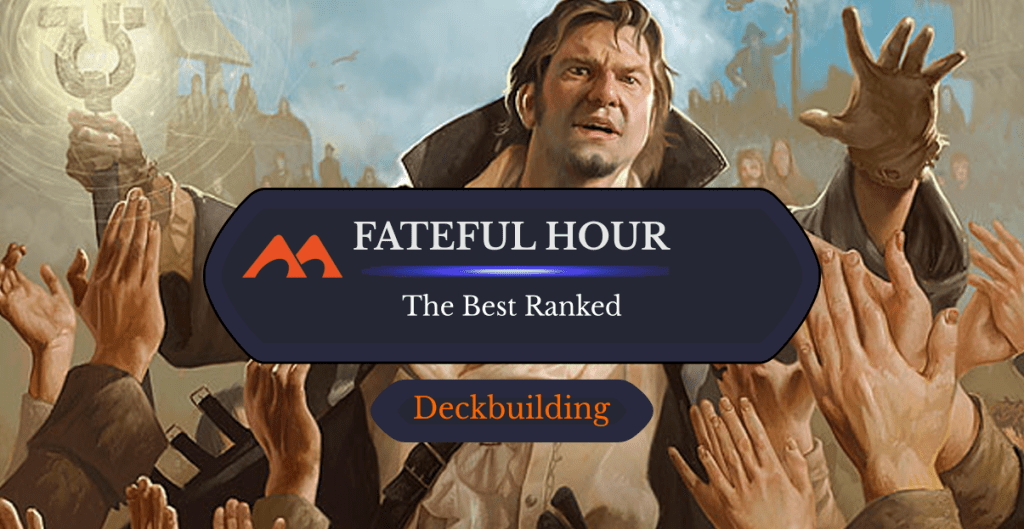
Thraben Doomsayer | Illustration by John Stanko
Magic is a game with a rich history full of mechanics. We have a handful of evergreen mechanics, like flying and trample, but also a variety of fan favorites that return every so often. Think cycling and kicker that have support from multiple sets and blocks.
On the other hand, some mechanics don’t last long in the limelight once their set has moved on. They might not be the strongest or the most impactful, but that doesn’t mean there’s no way to figure out how to make obscure, seldom-seen mechanics like fateful hour work in your decks.
What Is Fateful Hour in MTG?
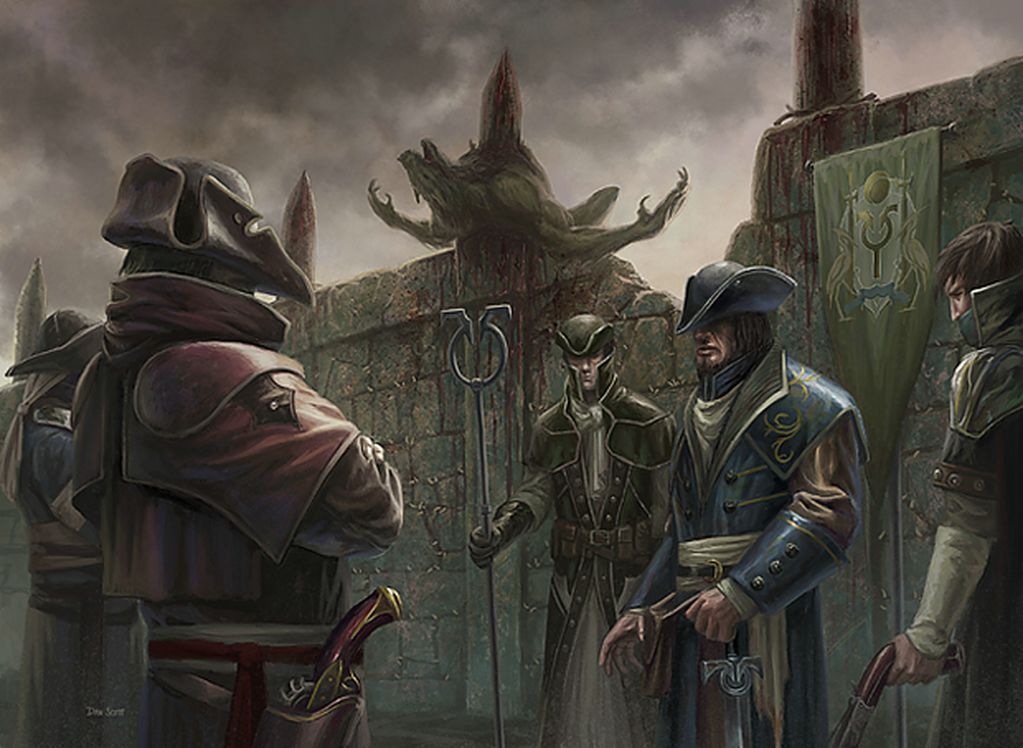
Gather the Townsfolk | Illustration by Dan Scott
Fateful hour is a mechanic introduced in Dark Ascension, the second set in the original Innistrad block. It’s appeared infrequently since, with one card printed in Modern Horizons and another in the LotR holiday special.
The mechanic is pretty simple. Fateful hour cares about you having 5 or less life. All the cards are in Selesnya () colors, with one exception, and they’re creatures, instants, or sorceries. The creatures provide board-wide buffs when the fateful hour occurs, while the instants and sorceries check your life total as they resolve. If your hour is dire, they provide amplified versions of their original effects.
Flavorfully, it’s meant to capture the dire straits of Innistrad at the time of the set. Monsters are closing in, darkness creeping ever closer to the denizens of our gothic horror plane. What they do in moments of crisis when they’re on the verge of death defines them – and many find that they have the strength to make it through their darkest hour.
Because these cards are at their strongest when you’re incredibly low on life, something important to consider while ranking them is how well they aid you in that moment. If the card’s only good when you’ve nearly lost, it needs powerful abilities to help turn the tide of battle and secure victory.
#9. Spell Snuff

Cancel with upside is an effect we see plenty these days. The upside of drawing a card on Spell Snuff is nice – counter-draw is one of the strongest modes on Cryptic Command, and countermagic should aspire to imitate such a powerful spell. But this card isn’t quite up to snuff. You don’t draw a card until really late, so this is just Cancel throughout most of the game. It could be an okay follow-up to a sweeper in a controlling deck, but you generally just don’t want to hold up countermagic at such a low life total; you want to impact the board and try to not lose.
#8. Break of Day
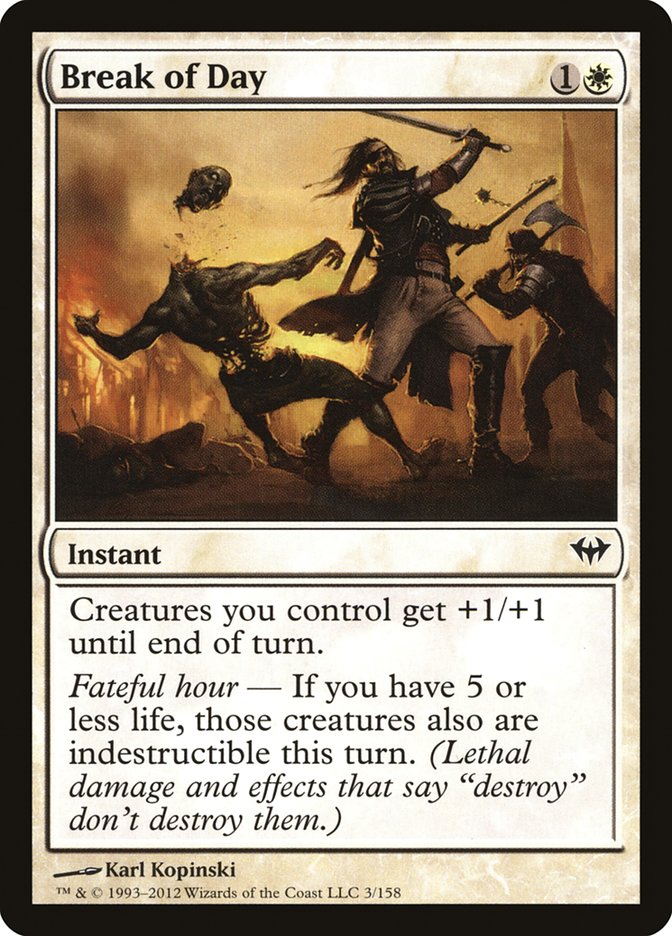
Break of Day is a weak pump effect with minor upside. It can be useful in the face of an alpha attack or give you a tiny chance to get back in the game by pumping an all-in, do-or-die attack, but it doesn’t do either particularly well. +1/+1 is a relatively minor buff, and indestructible isn’t the best keyword to see at such a dire time. Vigilance or lifelink would be far better as defensive options. Break of Day can save your best blocker from a Murder, but that’s about it.
#7. Gavony Ironwright

Gavony Ironwright provides much better defensive capabilities. As a 1/4, it blocks plenty of threats alone. The fateful hour anthem provides incredible defensive power. Your other creatures become 2/5s at worst, which block incredibly well. It’s still only 1 power for when you turn the corner and start attacking again, but at least the increased toughness means your opponents chump more often than trade, and it’s a semi-permanent buff.
#6. Village Survivors
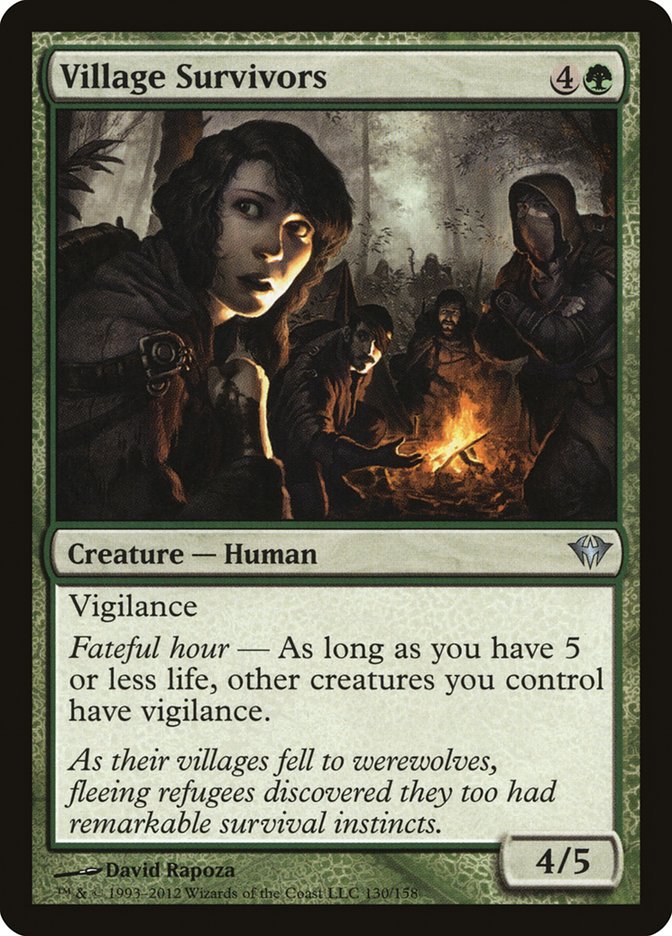
A 4/5 vigilance blocks most offensive creatures, so Village Survivors is a solid enough card to stabilize behind on its own. Spreading the love to your other creatures makes it hard for your opponent to mount an aggressive front without fliers once you’re low on life. Giving your entire team vigilance is one of the best defenses you can mount against other creature decks, giving you offensive and defensive power in a compact package.
#5. Gather the Townsfolk
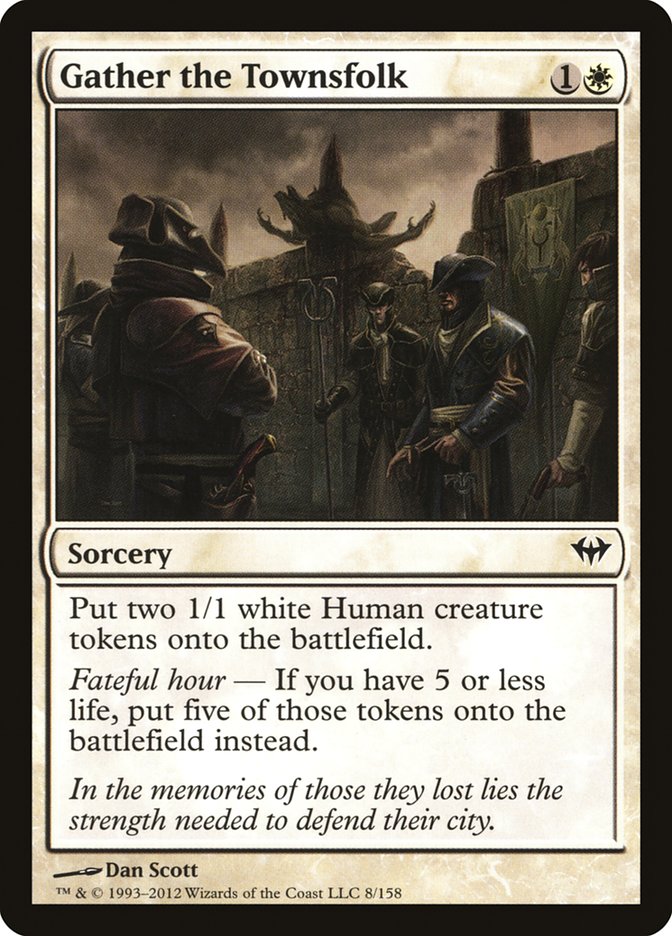
Raise the Alarm is a fine card, and Gather the Townsfolk essentially gets an upgrade. Creating five Human tokens instead of two is a significant step up that’s useful at the end of the game. It’s a lot of power added to the board, effectively allowing your 2 mana to trade up against more expensive threats, but it can represent a lot of life in the form of chump blockers. Human is also a well-supported creature type, so cards like Thalia's Lieutenant love this spell.
#4. Faith’s Shield
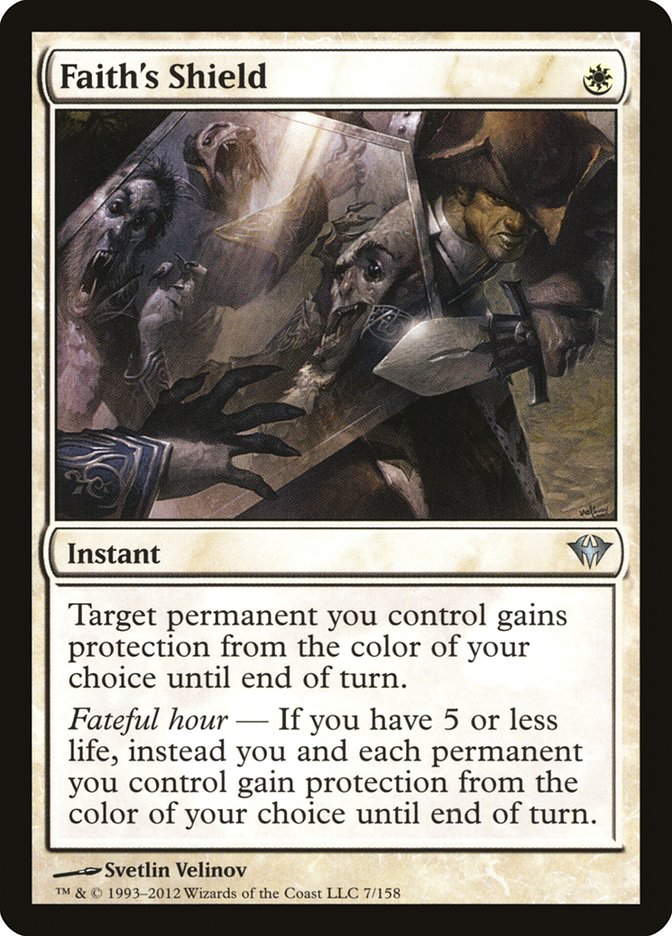
Faith's Shield won’t stop you from dying, but it’s a fantastic trick on a wide board to blow out a greedy attack from your opponent. It’s one of the best cards for turning the tides in your favor. It’s easy to see a world where your opponent attacks enough to make fateful hour relevant then this card makes your team functionally unblockable for a lethal crackback. Just one to give a creature protection from a color isn’t the worst rate for a protective trick, either.
#3. Clinging Mists

Fogs typically aren’t great because they leave you down a card to live another turn without meaningfully impacting the board. They buy you a turn, but you’re still dead the next turn. Clinging Mists does you one better by keeping the attacking creatures tapped down. Saving you for two turns is much more powerful, but it also opens the path to victory; now that your opponent’s best creatures stay tapped for two turns, you have a lot of room to attack back.
#2. Thraben Doomsayer
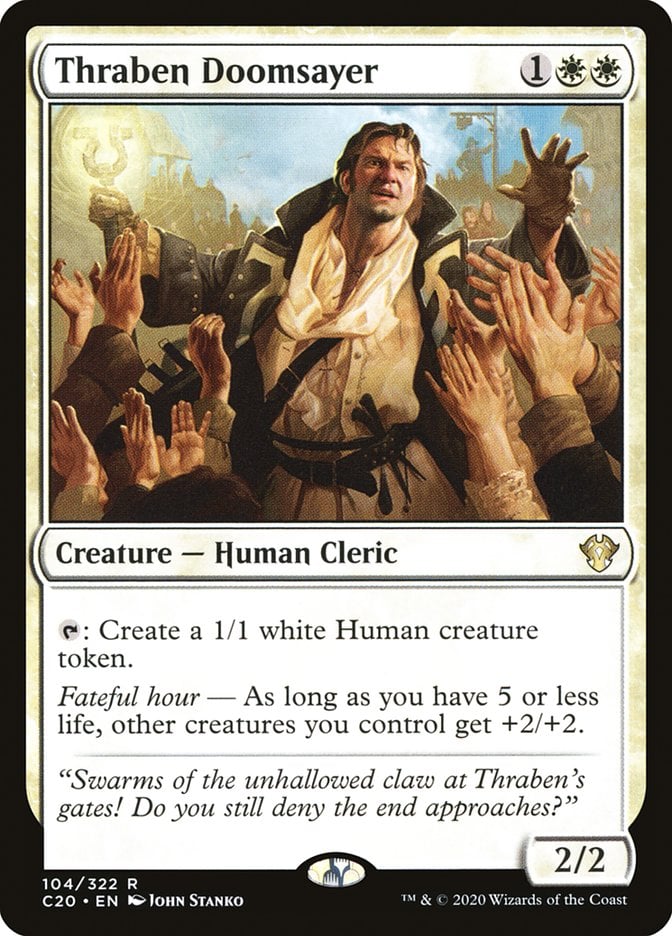
A 3-mana 2/2 that taps to create creatures is already pretty nuts, especially with tokens that have many typal synergies. Even before the fateful hour bonus, this is a great stabilization card. You can create chump blockers or slowly amass an army of tokens for a nice big attack while your opponent does nothing. The +2/+2 is incredibly relevant, both to give you enormous attacking power and nigh unbreakable defenses as your 2/2 taps to create 3/3s each turn.
#1. Courageous Resolve
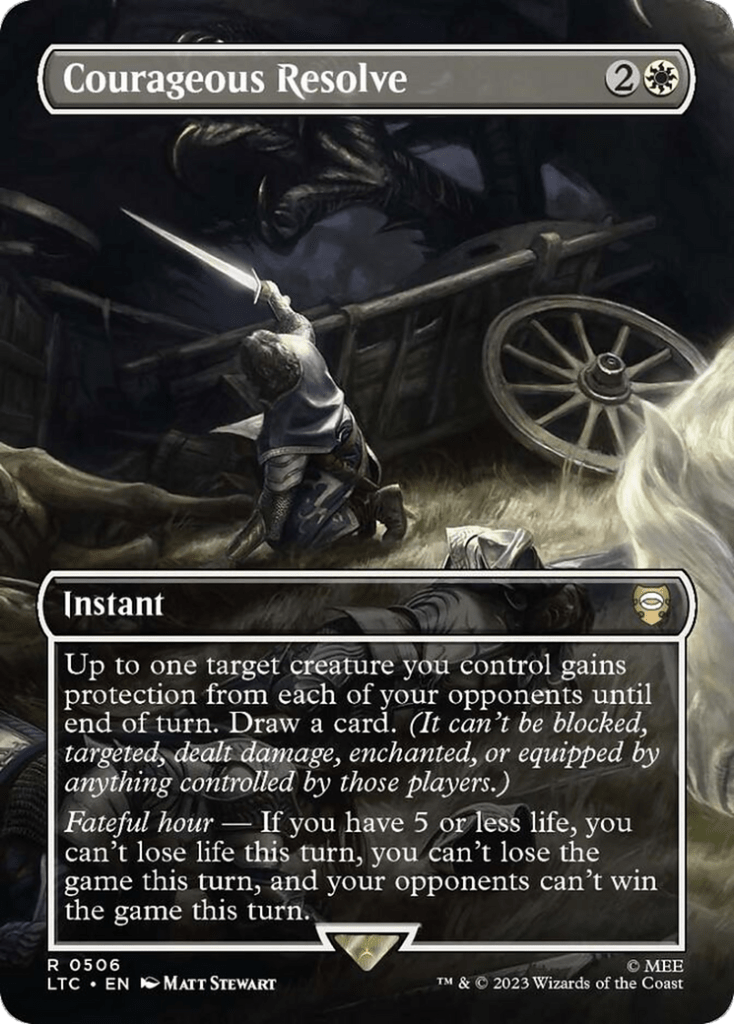
Courageous Resolve is a very powerful version of this effect. A cantripping protection spell is a bit overcosted at 3 mana, though protection from your opponents is quite potent and this cycles without a target. The fateful hour bonus giving you an Angel's Grace is literally the best version of you wanting your fateful hour cards to keep you alive as you’re near death. This is a Commander card. I’m curious to see if there’s any use for it in decks running Ad Nauseam that shred their life total for card advantage.
Best Fateful Hour Payoffs
Fateful hour isn’t a mechanic with many payoffs. This is primarily because the mechanic works as a catch-up mechanism more than anything, meant to help turn the tides of a losing game. That doesn’t mean we can’t find ways to make it work.
The best way to get fateful hour buffs to your spells is with cards that cause you to lose or pay life. AdNaus is an option, but you can also lean on Dark Confidant and Dark Tutelage for similar effects that aren’t as all-in.
For a bit more control over your life loss, you could try effects like Wall of Blood and Treasonous Ogre to choose how much life you go through. It takes some intentional deckbuilding to make fateful hour cards work because the best enablers aren’t in the same colors as the cards themselves.
Is Fateful Hour a Triggered Ability?
Fateful hour isn’t a triggered ability. For instants and sorceries with fateful hour, the card checks your life total as it's resolving. If you’re at 5 or less life, you’ll get the bonus; if not, you won’t.
For creatures like Gavony Ironwright and Thraben Doomsayer, fateful hour is applied as a state-based action that the card checks between instances of priority. Once your life total hits the required numbers, your buffs automatically get applied without any triggered abilities.
Does Fateful Hour Use the Stack?
Fateful hour doesn’t use the stack on creatures. For instants and sorceries, it only uses the stack because the spell itself must resolve. Since the spell waits to check your life total until it resolves, your life total changing while the fateful spell is on the stack affects the outcome. For example, if you’re at 6 life and your opponent controls Eidolon of the Great Revel, you can cast Gather the Townsfolk, take 2 damage down to 4 life, and make five tokens when the spell resolves.
Wrap Up
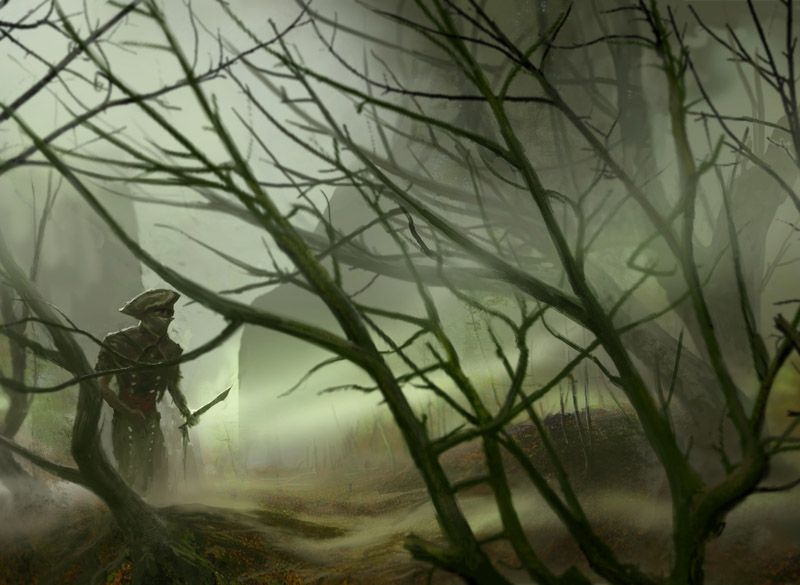
Clinging Mists | Illustration by Anthony Francisco
Fateful hour returns sporadically, but it does keep cropping up, even if we only see one or two cards every few years. Balancing a mechanic that only works when you’re behind, even near death, is tricky.
But fateful hour is an incredibly flavorful mechanic. While its origins come from the woes of Innistrad’s denizens, practically every plane and storyline has its darkest hour when a character must reach deep inside and see if they can overcome the obstacles in their path. I doubt we’ll see fateful hour return as a mechanic with the support of a full set, but it’s a great storytelling mechanic I wouldn’t mind seeing every now and again.
Do you enjoy fateful hour? What do you think is Magic’s most flavorful mechanic? Let me know in the comments or on the Draftsim Discord! Stay safe, and prepare for the fateful hour!
Follow Draftsim for awesome articles and set updates: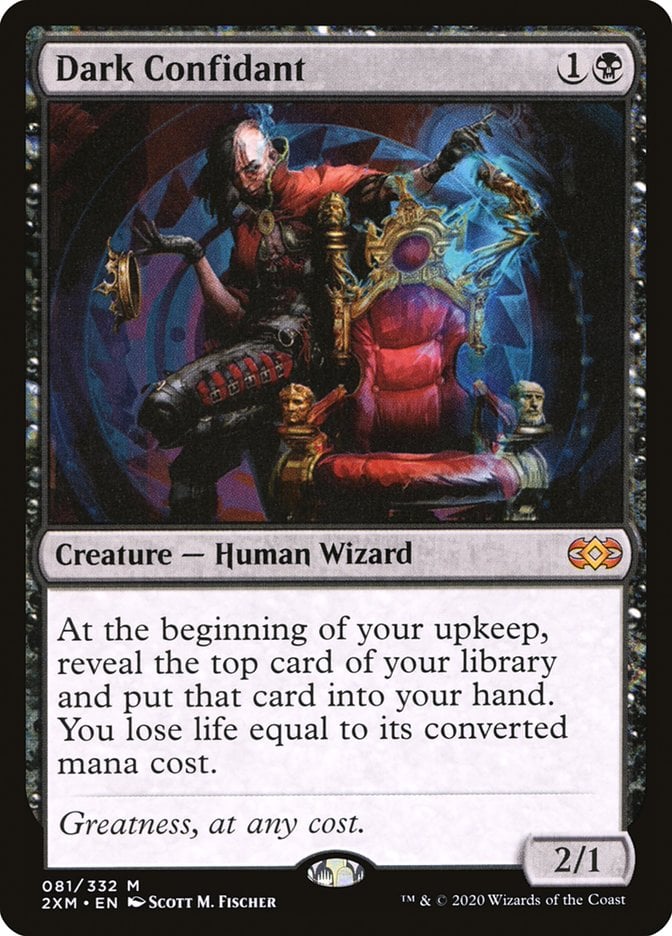

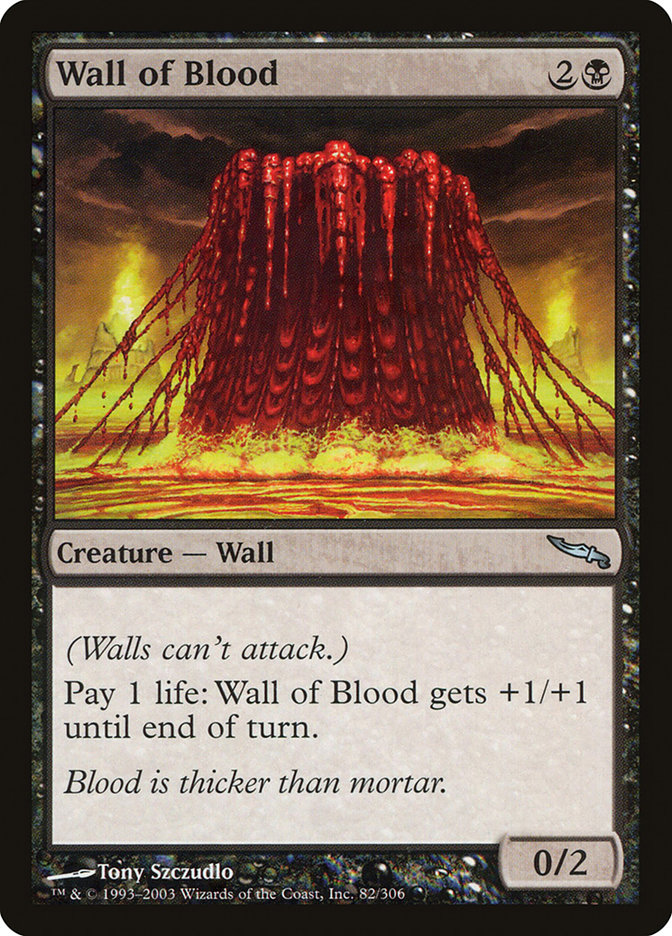
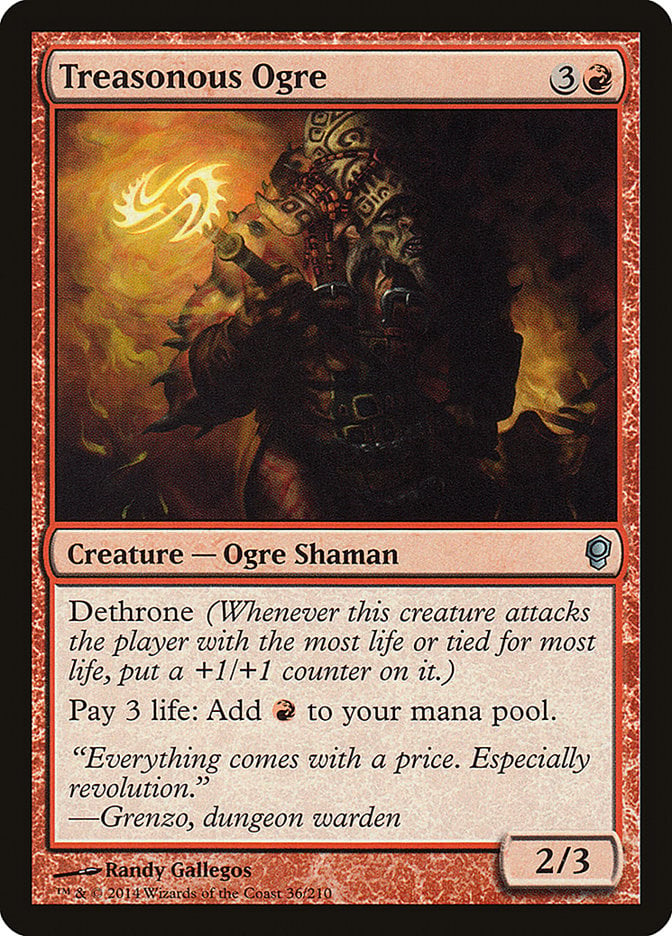


Add Comment